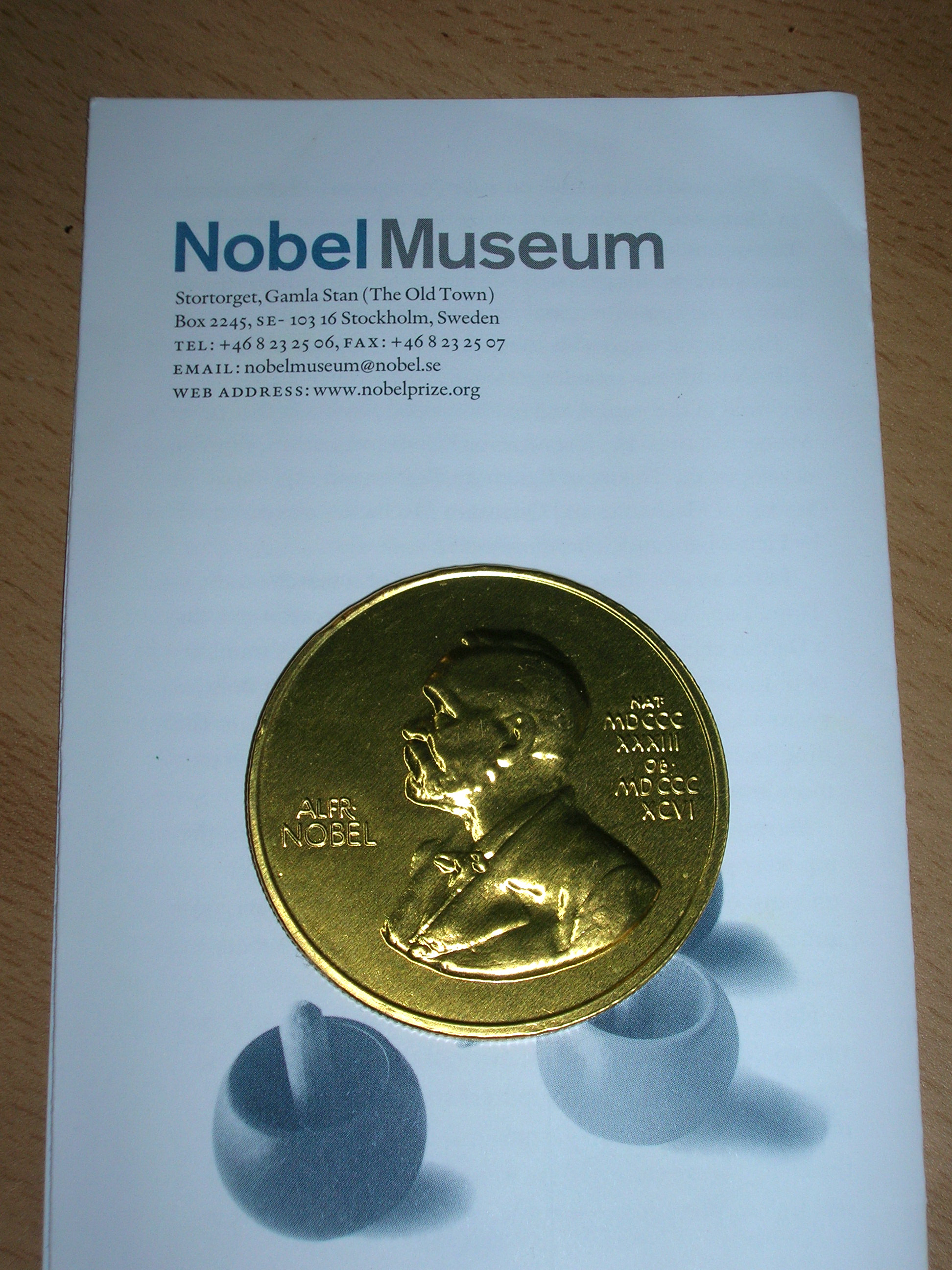I didn’t make it to the Nobel Prize festivities in early December. But my husband’s Ph.D. adviser (a friend of a 2008 laureate) hobnobbed with the Nobel elite. She brought back a couple souvenirs as holiday gifts for members in the lab. First of all, everyone needs their own chocolate Nobel Prize.

But we were really fascinated with the Tippe Top from the Nobel Museum. It’s super simple-looking, rounded on the bottom with a dowel-like rod for a spinner. As it spins, the dowel moves from the tippy-top of the top, until the top spins on the dowel. Little did I know that physicists have been arguing about the mechanics of this toy since Sir Isaac Newton: though simple-looking, the physics and mathematics that explain this behavior are anything but. As a recovering chemist, I love the idea of one of my scientific heroes, Niels Bohr, a man absorbed with the spinning behavior in atoms, was also obsessed with the physics and mathematics of this toy.
The more I watch it, the more fascinating the problem is. The top appears to rotate in a constant direction, but it actually changes directions as it flips, maintaining the appearance of constant rotation in one direction. In keeping with the Bohr connection, the Danes have a fascinating description of the history and the physics behind the top. It’s all about shifts in the rotational axis and the wonders of sliding friction.
